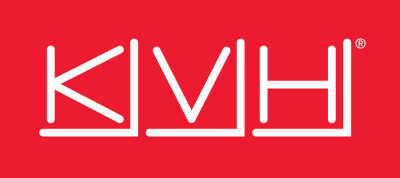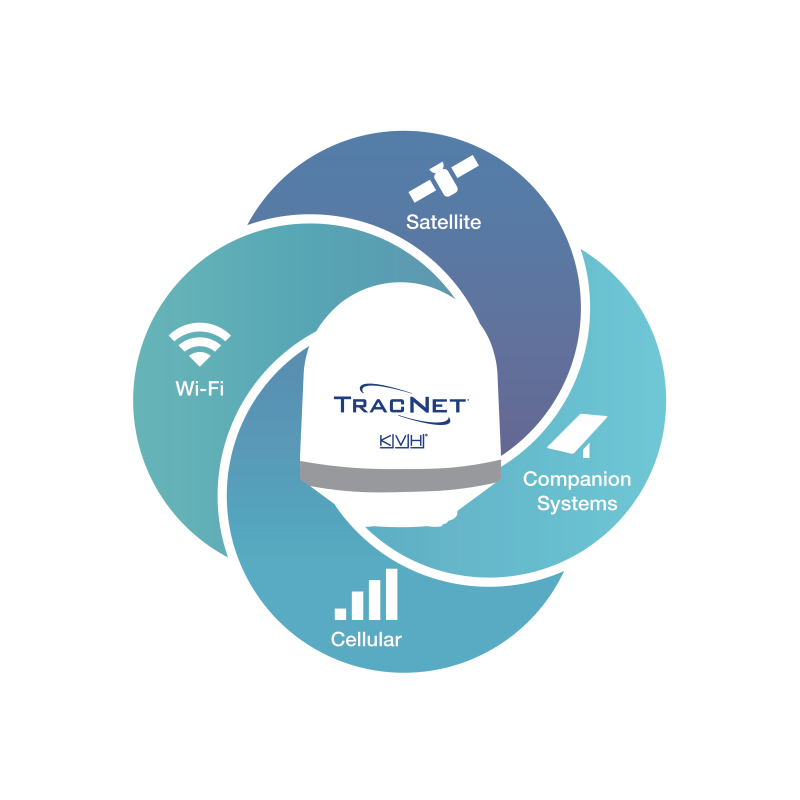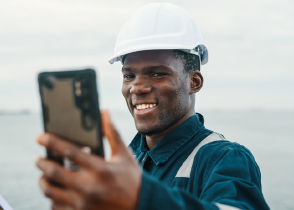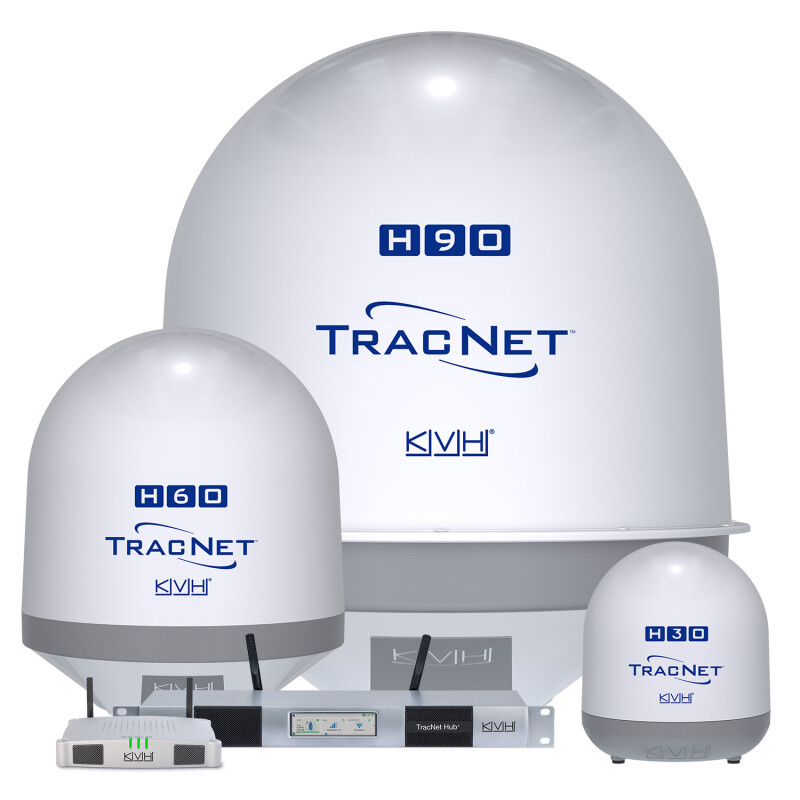Four Considerations for Gen Z and Maritime Connectivity
KVH Industries

The Seafarers Happiness Index is a valuable barometer in measuring crew satisfaction. Disturbingly, the last two reports have shown a decline in this satisfaction, led by concerns over workload, shore leave, the lack of physical activity, and extended contracts. Connectivity continues to be an ongoing challenge. One recent report stated quite aptly, “…technology is advancing rapidly while the access, bandwidth, allotment and quality of shipboard crew connections are not.” Seafarers report that connectivity is available on the ship, but their allotment of bandwidth is inadequate for engaging in the activities they need. As one seafarer shared, “My data limit barely allows my phone to wake up.”
The industry has taken measures to address many of these concerns, and connectivity in particular. In May 2022, updates to the Maritime Labour Convention 2006 (MLC) mandated connectivity for crews. However feedback indicates that truly useful and adequate connectivity is still lacking. It is critical for organizations to work together to address these concerns and changes.
It is also critical that we understand the new generation of mariners. The aging of the workforce, including seafarers, has been felt worldwide. The COVID pandemic sparked retirements and departures. Gen Z, born between 1996 and 2015, will make up 27% of the workforce by 2025. Many new Gen Z maritime graduates take positions on tugboats, barges, and offshore vessels as deckhands, engineers, and mates. They are critical to our ability to staff our vessels and keep goods moving on our waterways.

In a recent study by Dell, 91% of Gen Z respondents stated that technology would be a decisive factor in choosing a job. 98% own a smartphone. Mental health and burnout are key concerns. In a Deloitte survey, 46% of Gen Z respondents indicated their burnout was “due to the intensity and demands of their work environments.” Knowing the stress of a career at sea, it’s not difficult to recognize the issue facing the industry. MARAD has recognized the seafarer shortage as a serious issue, as evidenced by their May 2023 report. The report communicates “how critical it is to growing our mariner workforce and to recruiting and retaining the next generation of mariners to ensure that all mariners are treated with respect and dignity and are guaranteed safe workplaces.”

However, Gen Z’s love of technology could be the solution to this serious problem. While at sea, connectivity can be key to communication with family and friends. Easy access to entertainment and continued use of their smartphone can ease stress and burnout. Mariners feel respected when their employees understand the need to phone home to loved ones, check email, manage personal affairs online, and stay in touch with life on land. How can you contribute to the solution?
The shift towards hybrid connectivity is one example. Multiple connectivity channels offer faster speeds, increased affordability, and the ability to engage in a variety of activities. KVH’s TracNet™ hybrid terminals offer satellite, 5G, and Wi-Fi in the same dome, with intelligent automatic switching to stay connected to the best option at all times, with no intervention needed by the user.
In conclusion: The shipping industry will be challenged by crew shortages. Gen Z will fill the gaps – but only if we understand their unique needs. Focusing on crucial issues like connectivity will help shipping companies recruit and retain the workforce needed to grow their businesses in this changing world. By recognizing the challenges and needs of the Gen Z mariner and other stakeholders, decision makers can choose connectivity solutions to meet their goals.





